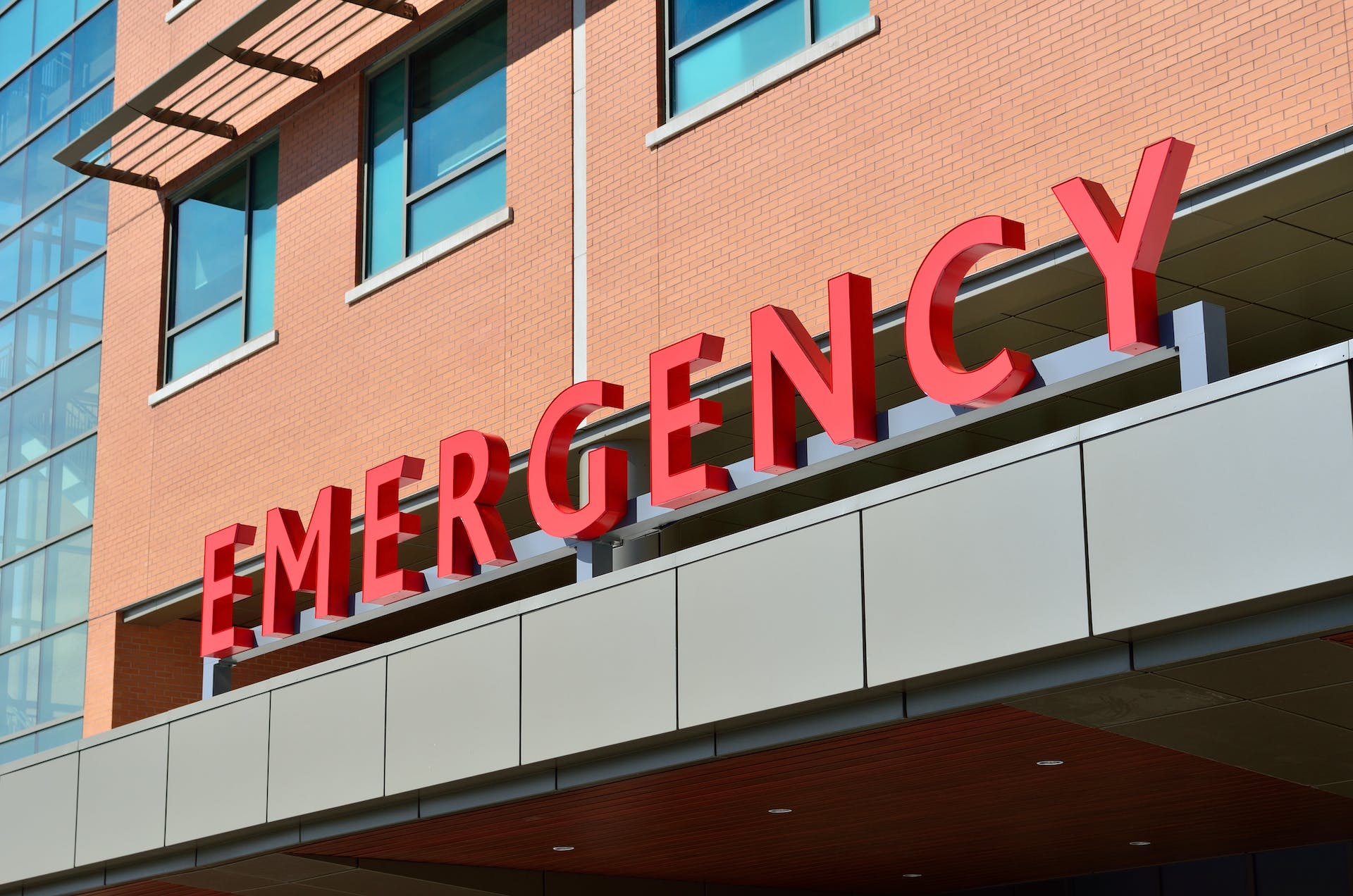This article was originally published in November 2024 and updated in April 2024.
As of April 2024, net zero requirements are tightening for businesses tendering for a contract with NHS England. Certain requirements were already in place for large suppliers, but new rules now apply to smaller suppliers. If your business plans to supply goods or services to the NHS, what do you need to know?
How it currently works
Since April 2023, suppliers to NHS England with an anticipated contract value of over £5m have been required to publish a carbon reduction plan (CRP). This should set out the organisation’s commitment to net zero, explain what you are doing to reduce greenhouse gas emissions and provide a full calculation of your current emissions.
What’s changed?
Since April 2023, suppliers to NHS England with an anticipated contract value of over £5m have been required to publish a carbon reduction plan (CRP). This sets out the organisation’s commitment to achieving net zero, explaining what you are doing to reduce greenhouse gas emissions with a full calculation of your current emissions.
From April 2024, smaller NHS suppliers- those with contracts below £5m but above £10k – are required to provide a Net Zero Commitment, which is less detailed. This is a public commitment to achieve net zero by 2050 at the latest, which should be signed by the company’s Board or Director. Large suppliers (over £5m) will still be required to provide a full CRP.
The only exception to this is for suppliers listed as Major NHS Framework Owners, such as NHS Procurement Hubs and the Crown Commercial Service. They will need to provide a full CRP no matter how small the job is.
Regulatory background
In 2019 the UK government set itself a legally binding target to reach net zero by 2050. This means that the people making decisions about the awarding of major government contracts have to take into account the climate impact of the potential suppliers. Official guidance known as Procurement Policy Note (PPN) 06/21 sets out what the decision-makers have to consider.
The NHS has an even more ambitious target – to reach net zero in 2040 for the emissions it directly controls, and 2045 for the emissions outside of its control, including its supply chain (known as its “Carbon Footprint Plus”). The NHS uses 80,000 suppliers and by setting net zero requirements, it can use its considerable purchasing power to influence change.

Requirements of a carbon reduction plan
The government has produced a technical standard for the completion of a carbon reduction plan. If your organisation is tendering for a contract worth over £5m, you must:
- State your organisation’s commitment to reaching net zero by 2050 or earlier.
- Report your current emissions in Scope 1 and Scope 2 .
- Report at least some of your Scope 3 emissions. The guidance sets out five categories of Scope 3 emissions under the Greenhouse Gas Protocol that are compulsory to report on, but you are encourage to go beyond this.
- Include all seven greenhouse gases in your reporting. The unit of measurement should be CO2 equivalent (CO2e), so that you are comparing like for like.
- Explain what your organisation is doing in order to reduce its greenhouse gas emissions.
- Get the board or company director to sign off on the carbon reduction plan.
- Make the CRP public.
- Update it at least once a year.
Requirements of a Net Zero Commitment
If your organisation is tendering for a smaller contract, the requirements are at first glance much less onerous. Your Net Zero Commitment is a simple statement of your commitment to reach net zero emissions by 2050 or earlier. (The relevant scopes are the same: Scopes 1 and 2 plus a defined subset of Scope 3.)
NHS England provides some sample text as a guide for organisations drafting their Net Zero Commitment which is just 30 words long.
You need to get this statement approved by the board or company director and publish it on your organisation’s website. Then you will have met the requirements to submit a tender in the “under £5m” category.
Go beyond the minimum
However, although the procurement guidance for smaller contracts does not specify emissions reporting, this doesn’t mean your organisation can get away with being clueless about its current carbon footprint. The NHS may well ask for evidence of action taken to reduce your GHG emissions. To answer this question in a credible way, you still need baseline figures for your emissions at the start of your net zero journey, and evidence that these emissions are reducing over time.
To compete with other organisations in the tendering process, your organisation really does need a credible plan for reaching net zero and a track record of accurate emissions data. If your organisation is in scope of the Streamlined Energy and Carbon Reporting scheme (SECR) you will already be doing the work of measuring and reporting your emissions. So use this data to your advantage and prove that your organisation is making progress towards net zero.
For advice on setting a Carbon Reduction Plan or meeting NHS procurement requirements, get in touch with our specialists at Sustainable Energy First.













